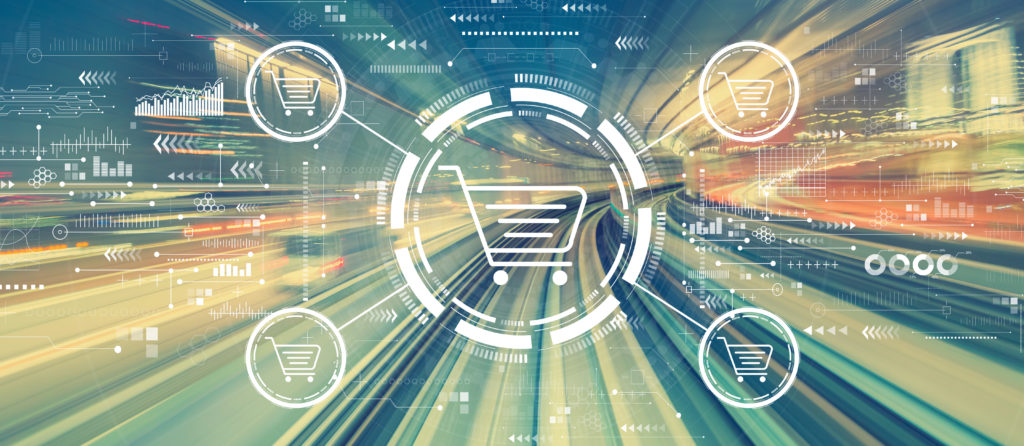Trade Fair cancellation? Reach your customers with these strategies

In this interview, our CMO Dirk Wischnewski gives tips on how to adapt B2B marketing strategies to new circumstances.

Dirk, there is currently an increasing number of cancellations of trade fairs and events. What does that mean for the B2B sector?
Fortunately, not all events are cancelled. Some are simply postponed later in the year. But for the trade fair industry and for B2B companies this is a severe blow. After all, buying cycles in our highly specialised sectors are often longer than in B2C and various touchpoints with the customer are required. Complex products in particular benefit greatly from a personal face-to-face presentation.
In addition to a lack of awareness and branding effects, a trade fair cancellation, however, hits the issue of new customer and lead generation particularly hard. If I don’t get to meet my usually very pointed audience on site, I have to find new ways to address them.
What could these paths look like?
Most B2B companies attend trade fairs with a specific communication strategy and of course with the aim of presenting their products or solutions to new potential and existing customers. Without on-site events I have to transfer these concepts into digital. Let’s stick to lead generation: If I wanted to present myself as a topic expert to my audience at a trade fair, I now do it online. This works wonderfully with Data-Driven Content Marketing:
- Share your knowledge with your customers. Deliver added value without wanting to sell something right away.
- Reach your potential customers with your message. Audience data is crucial for success in order to place this content in the right target group.
- Transport your message via Native Advertising, Account Based Marketing (ABM) and LinkedIn.
Which contents have a special significance in the acquisition of new customers?
Especially when it comes to compensating for the absence of trade fairs, content that is easy to understand and yet well-founded is required. Of course Webinars are a digital alternative to on-site events. However, many decision-makers do not have the time to watch countless Webcasts if they would normally have simply walked through the exhibition halls.
E-books and whitepapers should therefore definitely accompany the digital strategy. With a short download, decision-makers can get the essential information about your product. Marketing and sales can follow on from this.
Many visit B2B trade fairs especially to maintain contact with their existing customers. How do you compensate for customer meetings at the fair?
In addition to the classic phone call, there are also various online ways to keep in touch. Both classic (Re-)Targeting and Account Based Marketing (ABM) are suitable for this.
Retargeting allows you to reach all visitors of your website or “clickers” of your e-mails. This way you can convince them of your competence with additional content. With ABM, on the other hand, I directly target specific companies. Here I can tailor my campaigns precisely to the respective needs and, for example, present my new product line.
If it is only a trade fair, the loss can easily be compensated. But what if – as is currently the case – there are more and more cancellations? How do I adapt my marketing strategy to these new circumstances?
Basically it is always good to have flexible and agile processes. This makes it easier to react to changing situations in a global world. Ultimately, nobody can predict the future. Instead, we can make informed decisions based on the current situation. This includes perhaps admitting to yourself that it is not possible to plan down to the very last detail. Fortunately, online marketing today is very versatile – so we can always find a good solution.
Thank you very much, Dirk, for your profound tips!




